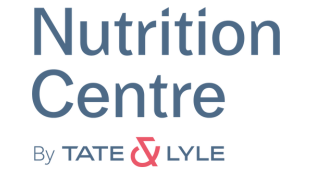We partnered with a specialist data analytics company, Crème Global, to develop first-of-its-kind health and nutritional modelling to explore the likely positive difference fibre reformulation could make to people’s health in the United Kingdom and China if it were stepped up a gear.
The findings show that increased fibre fortification of everyday foods could enable 50% more adults in the UK and China to get the recommended daily amount of fibre in their diets, reaping significant associated health benefits.
Did you know that reformulating everyday foods with fibre could:
According to the World Health Organization, adults should eat at least 25g of fibre per day – but the reality is that most people are not getting enough, and in many cases nowhere near enough. At Tate & Lyle, we call this the ‘fibre gap’.
Fibre does so much more than simply promote healthy bowel function. Low fibre intake is associated with higher levels of colorectal and breast cancer, cardiovasclar disease, and diabetes, and can disrupt the beneficial gut microbiome. Emerging research also indicates that some fibres can also help the immune system function properly.
We know that bridging the ‘fibre gap’ is a key challenge for consumers and food and beverage manufacturers.
Check your fibre levels with our fibre calculator!
Additional Resources
Benefits of reformulating with fibre
Global shortfall in fibre intake
Dietary fibre provides a host of health benefits beyond supporting digestive health. Some fibres help keep blood glucose levels healthy, support weight management, prevent cardiovascular disease and enhance calcium absorption, which is essential for bone health. Yet, fibre intake in most countries is well below the national recommendation.

Nutrition plays a key role in consumers’ lives
We address the health and nutritional needs of your consumers using our science-based innovative ingredient solutions. Discover how in our Nutrition Centre...
1 The CVD risk distribution curve shifted 13% to the left towards lower CVD risk over the next ten years because of fibre fortification, with 72.2% of subjects achieved a reduction in cardiovascular risk (p ≤ 0.05). A mean of a 5.45% chance of developing type 2 diabetes within the next ten years at baseline was reduced to 4.98% at intervention. A reduction in type 2 diabetes risk was observed in 71.7% of subjects (p ≤ 0.05).
2 Teh T et al Modelling the public health benefits of fibre fortification in the Chinese population through food reformulation BMJ Open 2024;14:e079924.





